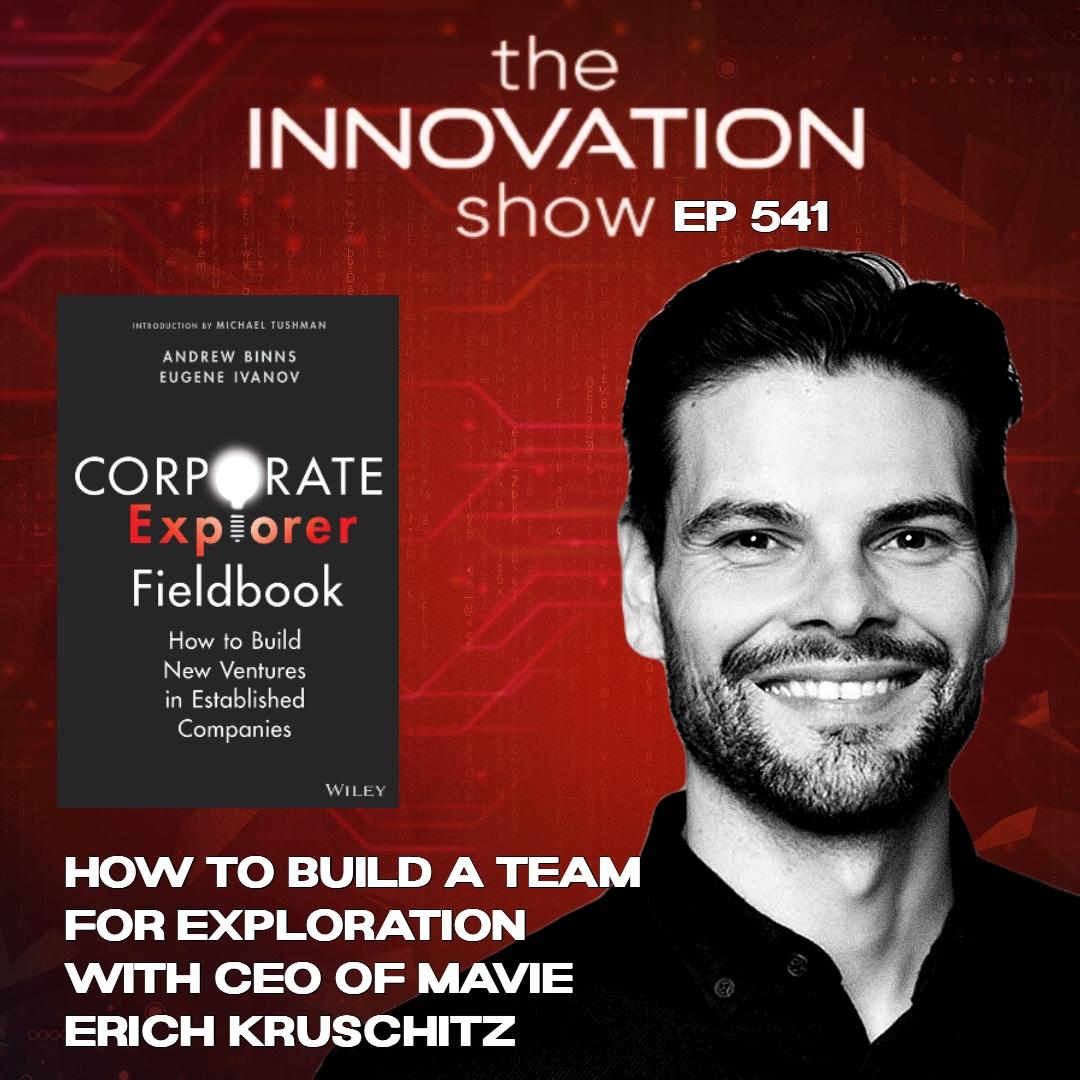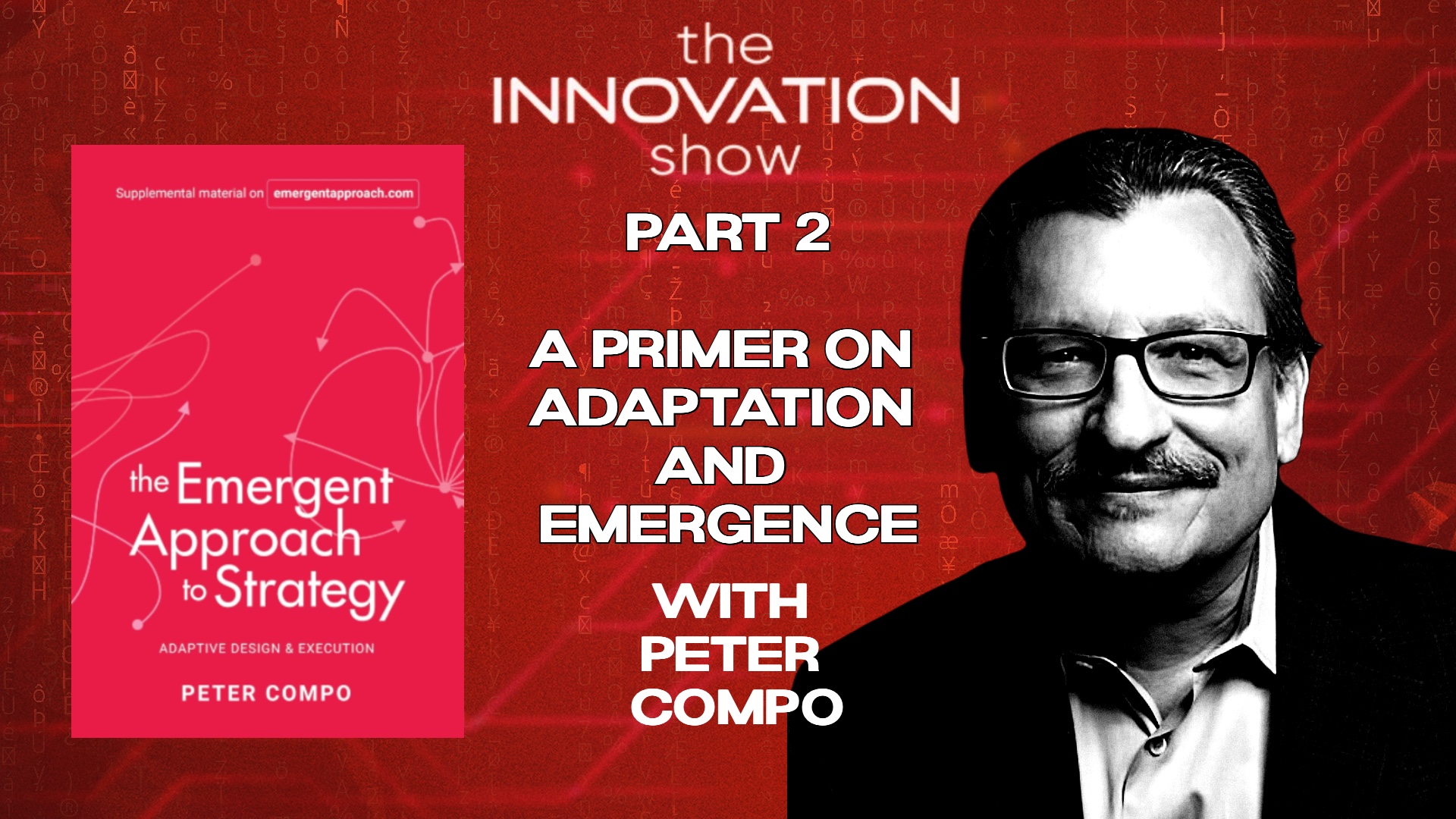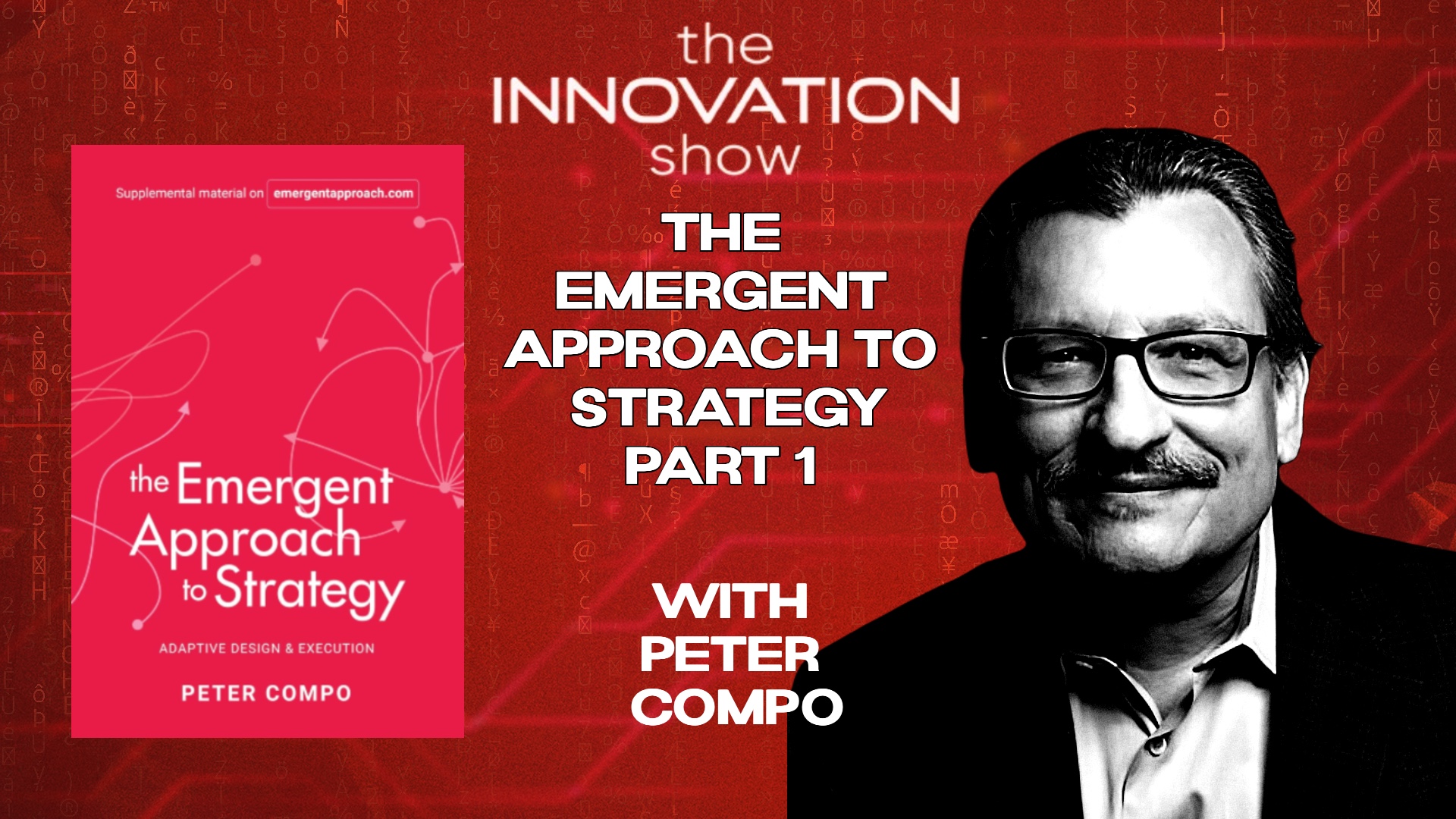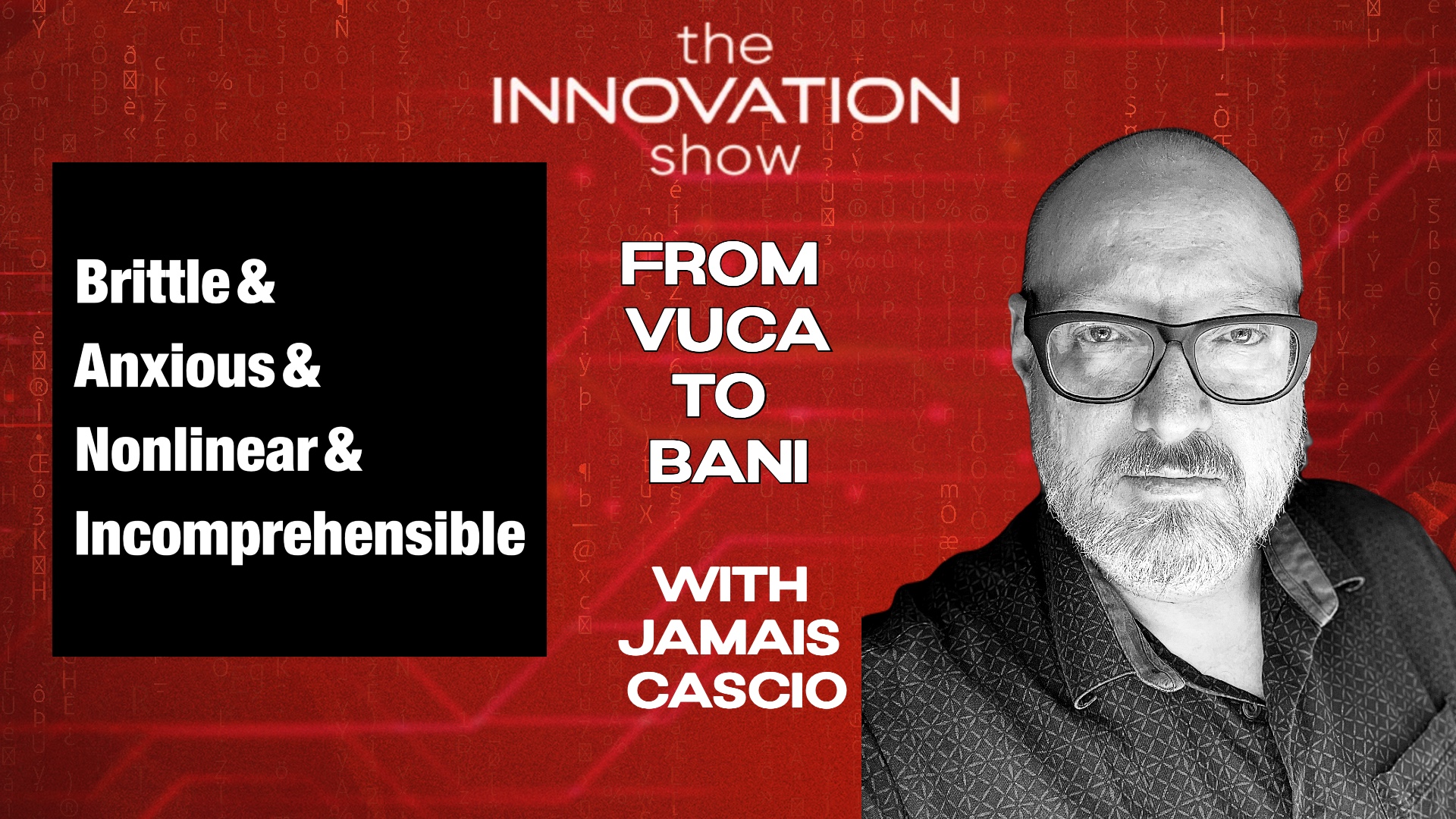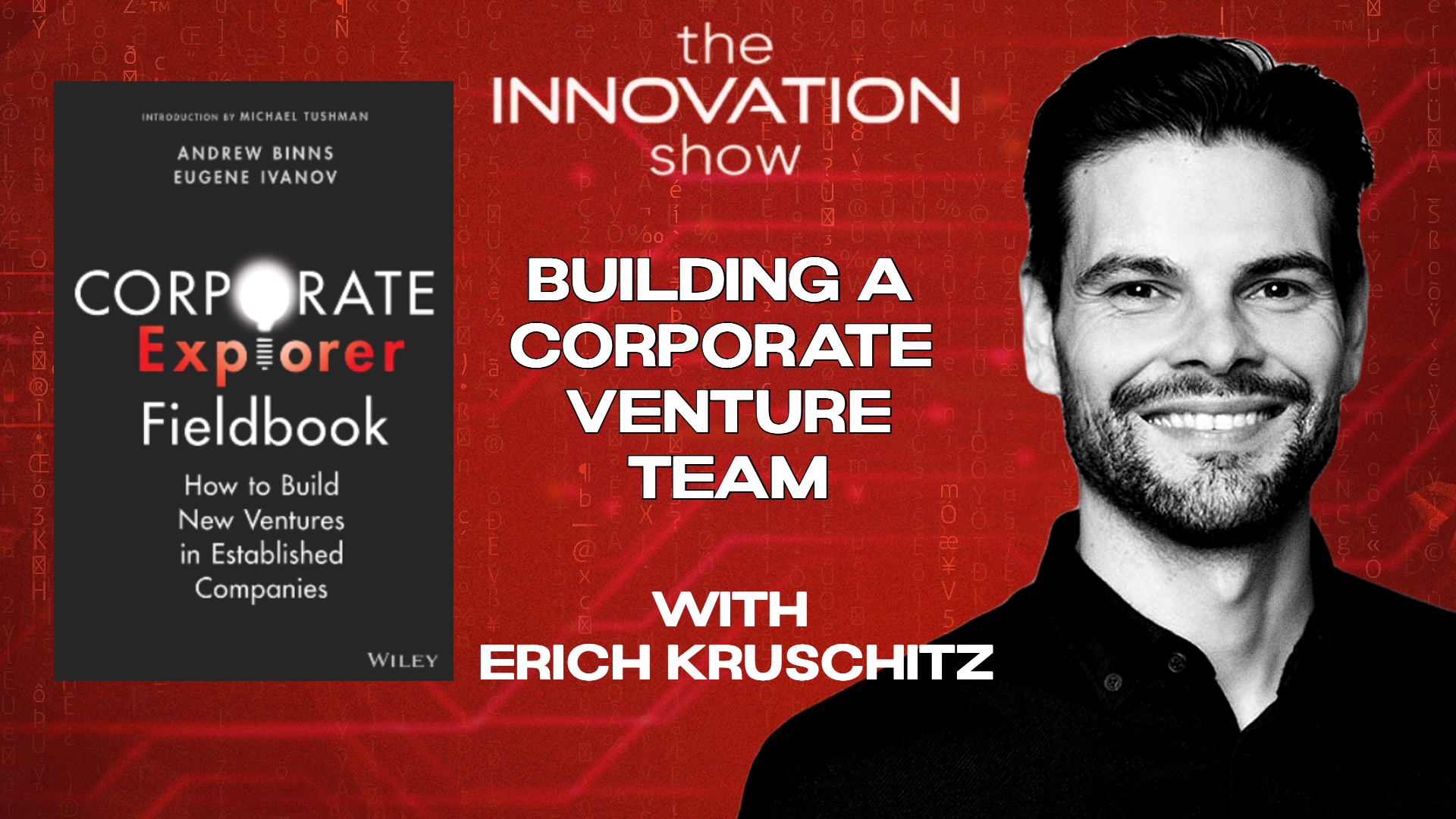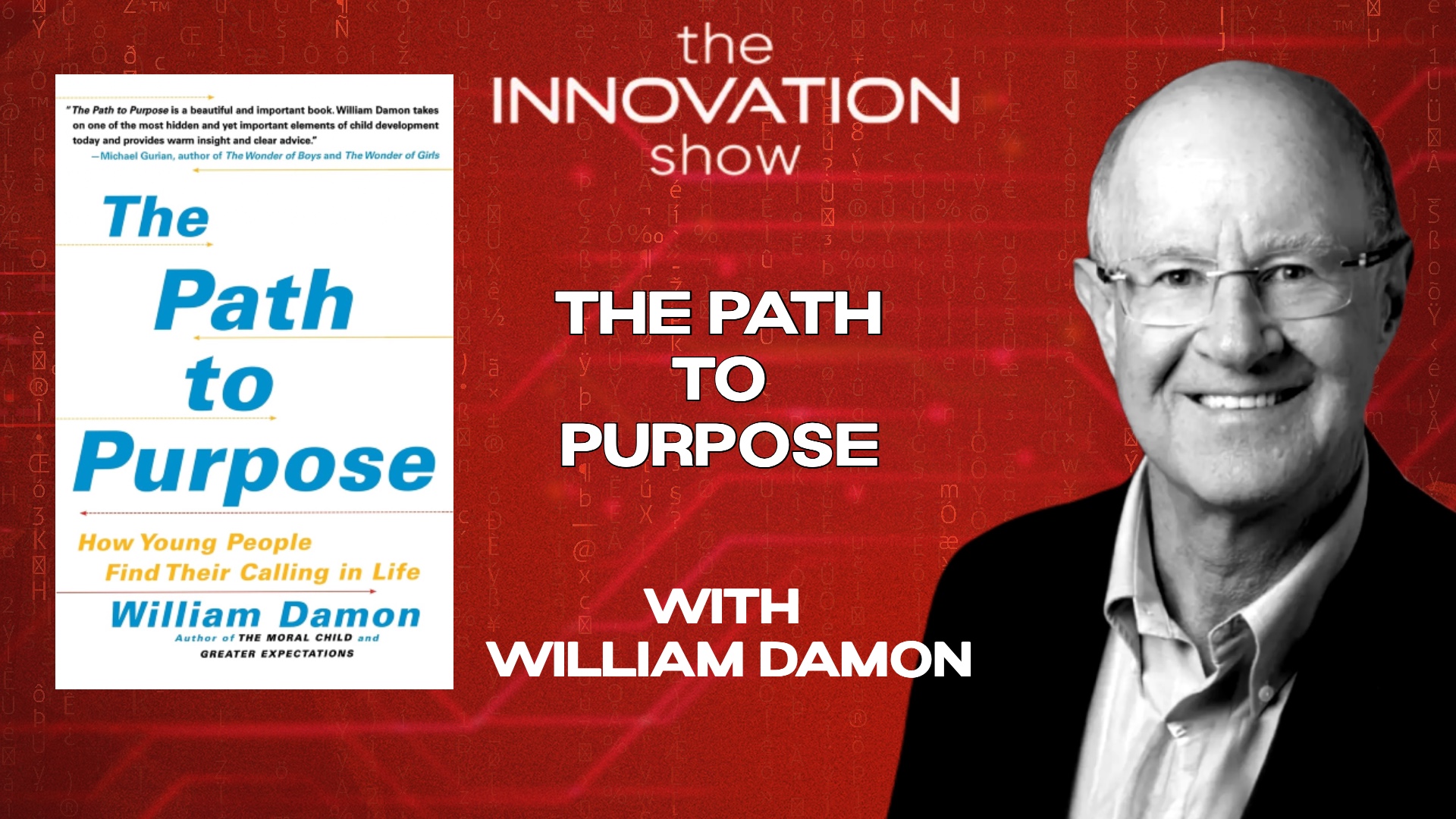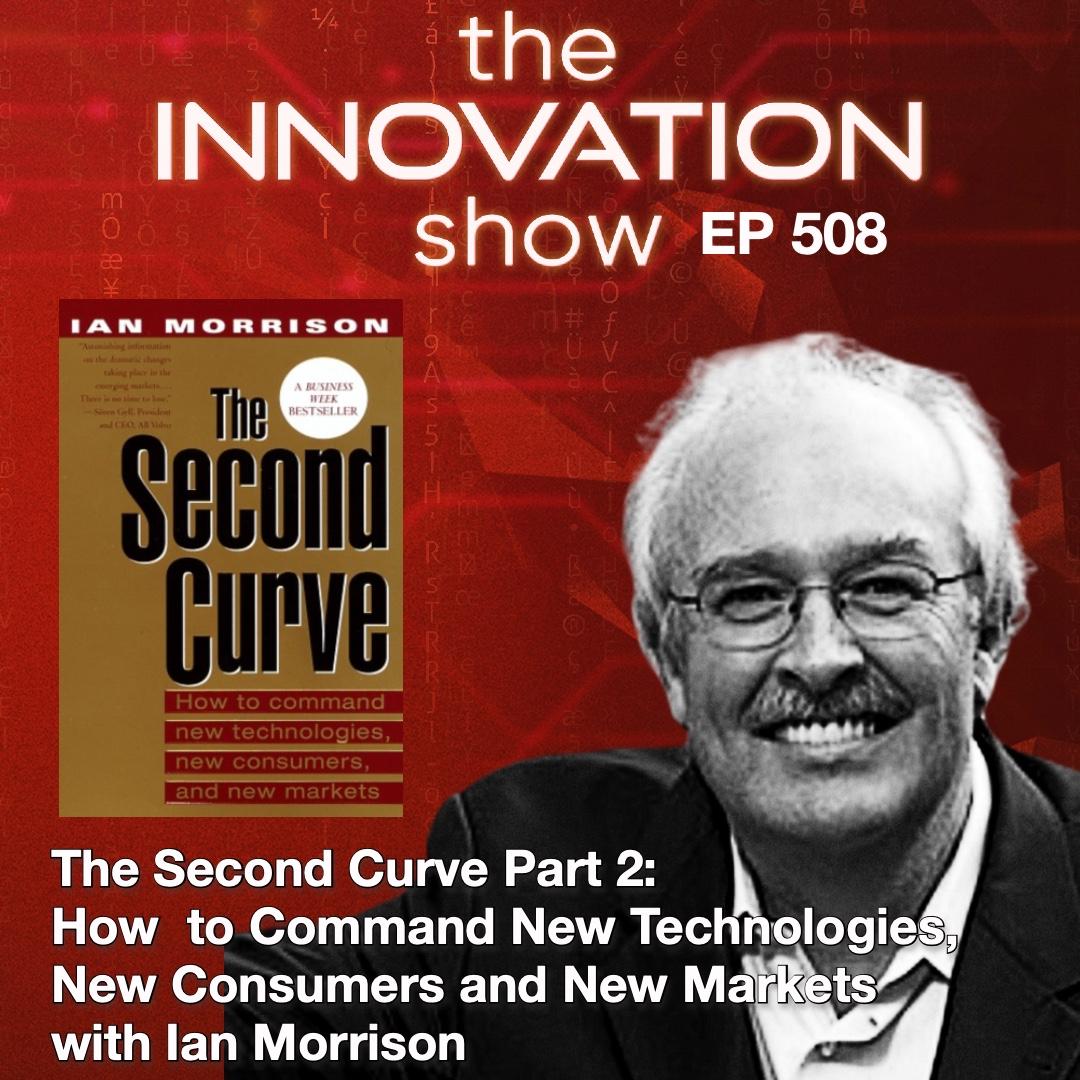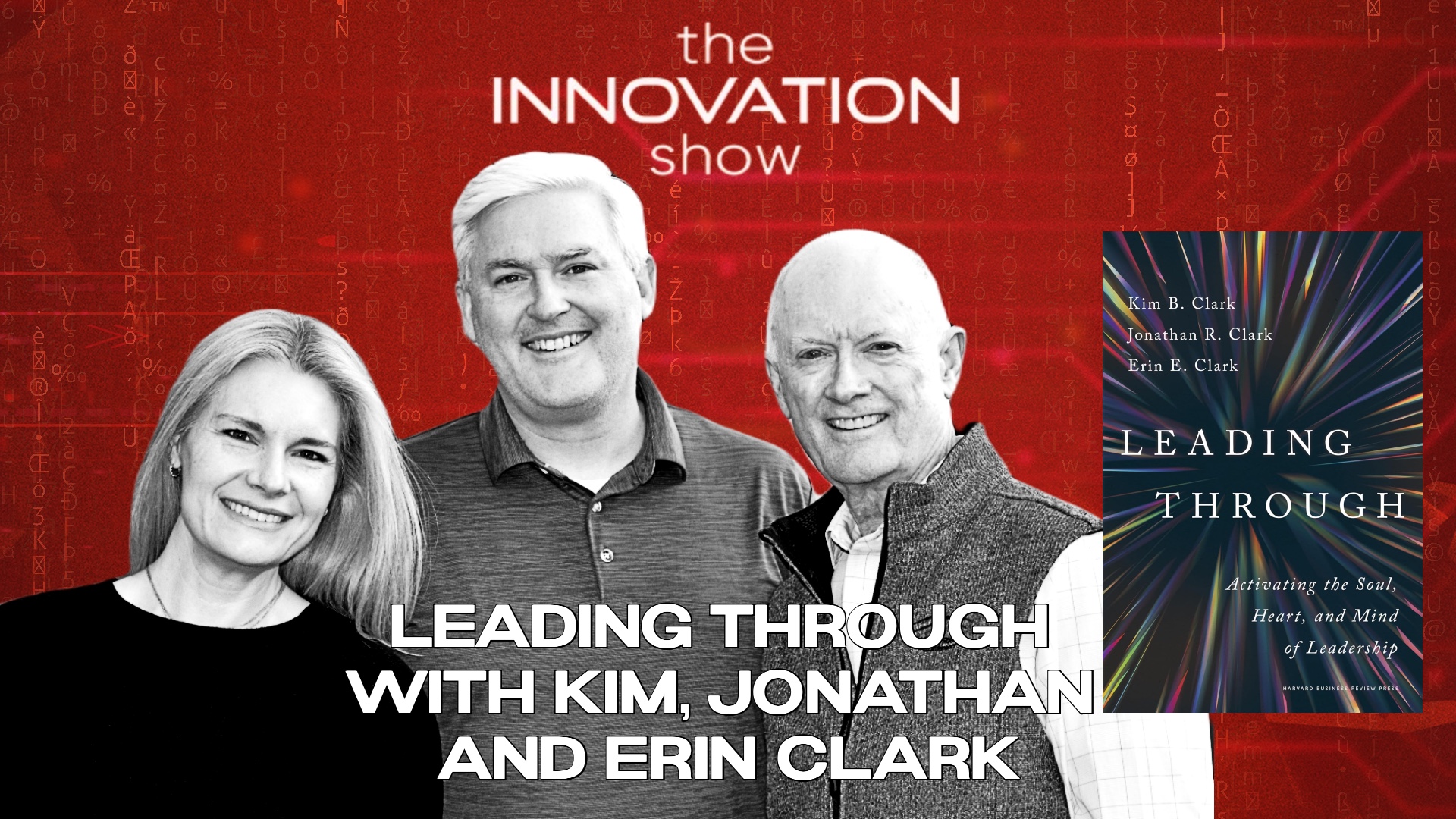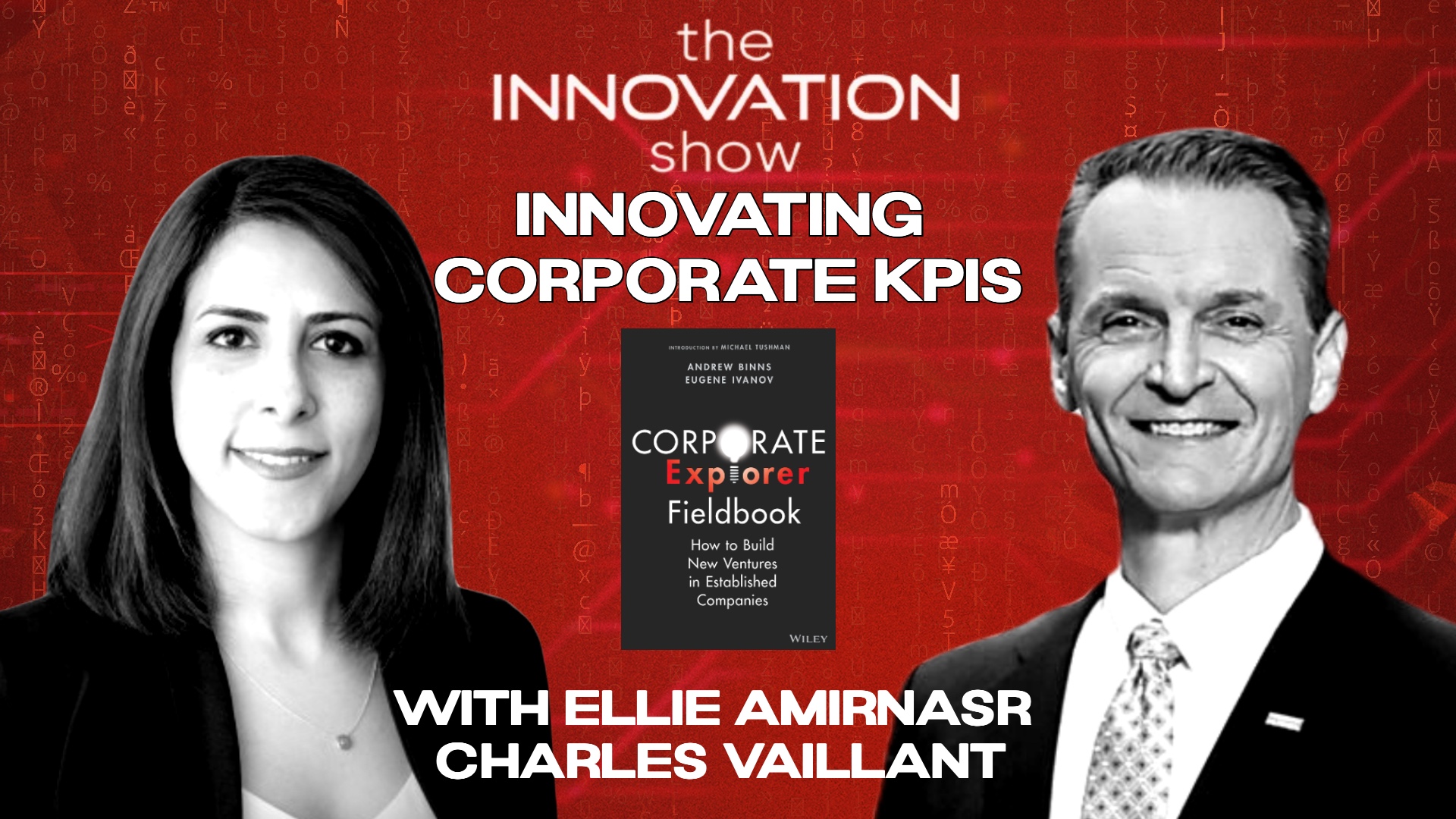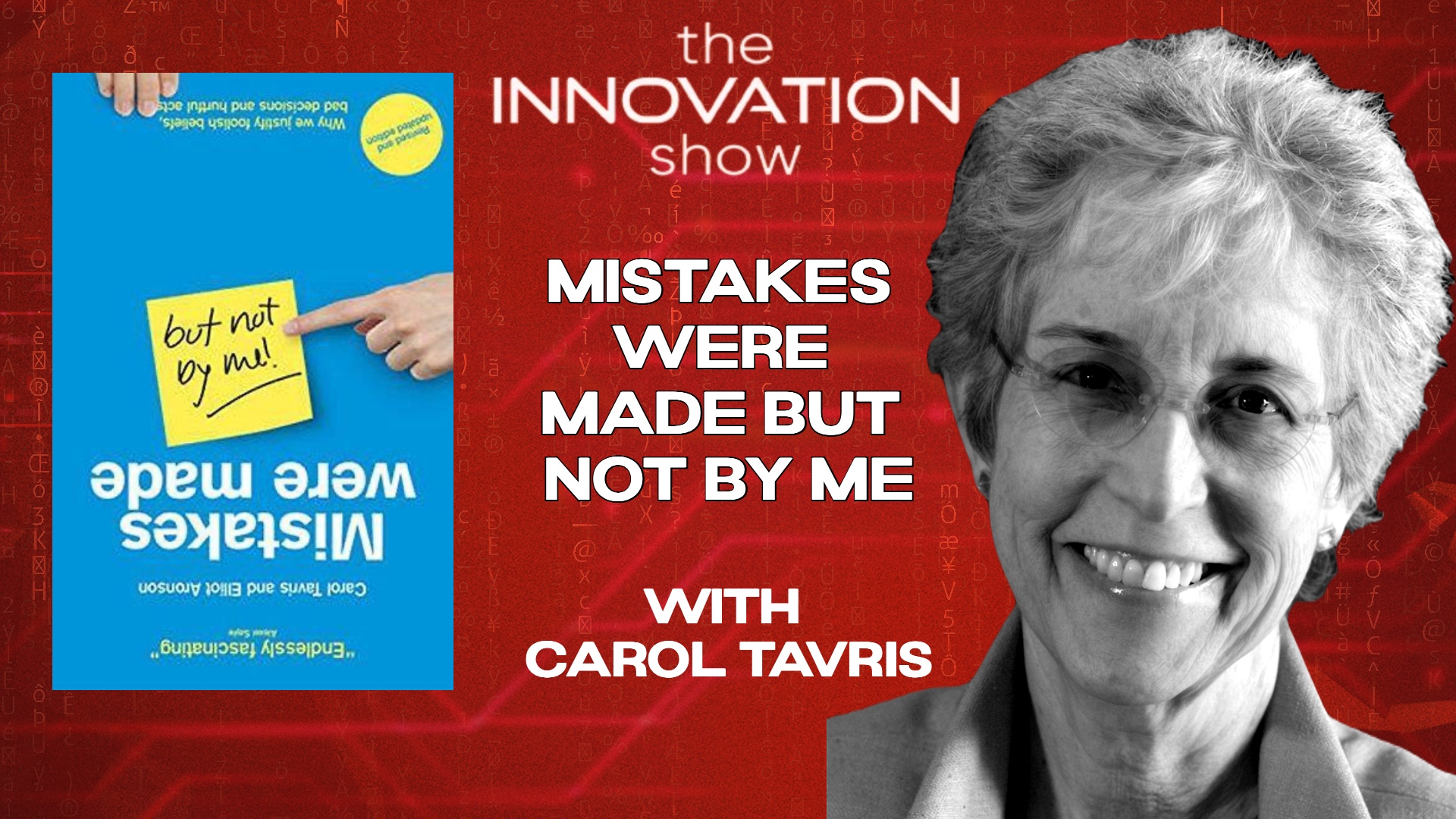Solving Innovation’s Killer Problems with Peter Compo: The Emergent Approach to Strategy Part 3
In this episode of ‘The Innovation Show,’ we continue our exploration of the emergent approach to strategy with expert Peter Compo. Delving into the critical challenges of change and innovation, the discussion centers on how high-level aspirations are influenced by disciplined actions at low levels. Peter outlines ‘killer problems’ in innovation such as the volume of choices, time delays between actions and outcomes, and external influences. Through the use of influence diagrams and practical examples, such as running a successful bike shop, Peter demonstrates how organizations can navigate these problems. The episode also touches on strategies to provide real-time guidance, unify efforts, and ensure actions align with overarching goals, highlighting the importance of integrating these strategies in multifaceted organizations.
00:00 Introduction and Welcome Back
00:39 Understanding High-Level Aspirations
02:37 The Killer Problems of Innovation
04:05 Influence Diagrams and Strategy Frameworks
05:58 Real-World Examples and Practical Applications
07:44 Exploring the Influence Diagram
13:07 The Four Killer Problems
28:15 Solutions to the Killer Problems
41:36 Conclusion and Further Resources
Link to Peter’s website: https://emergentapproach.com
Link to Peter’s Music: https://www.youtube.com/channel/UCJsn2zbnx8dwvHJrisdkAtg
Link to Aidan McCullen for Keynotes, workshops and event MC.
Find us on Substack for Shownotes and competitions:
https://thethursdaythought.substack.com
Peter Compo, Aidan McCullen, emergent approach, strategy, innovation, adaptation, killer problems, change, influence diagram, bike shop example, creativity, discipline, coherence, real-time guidance, free choice, unification, leadership, strategic frameworks, decision-making, business strategies
